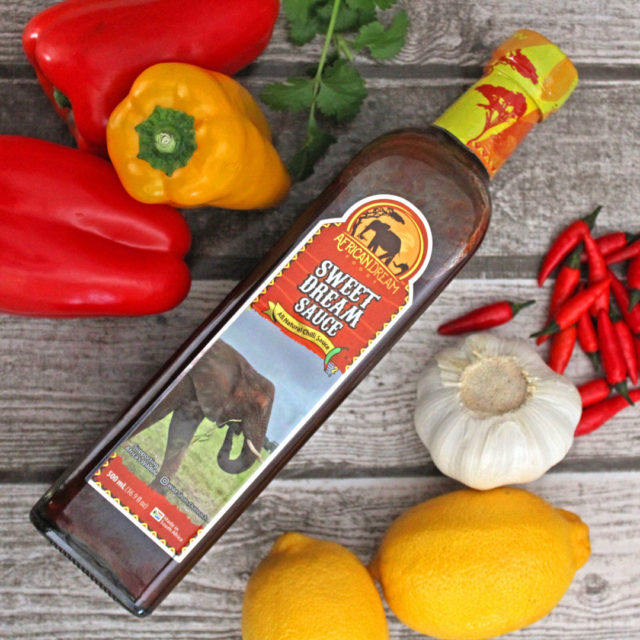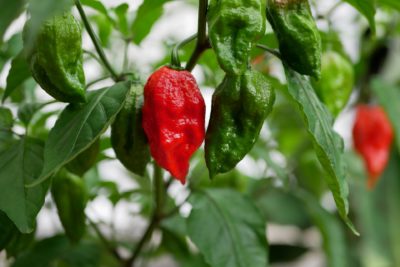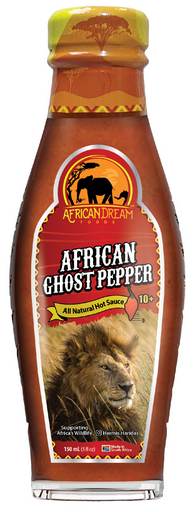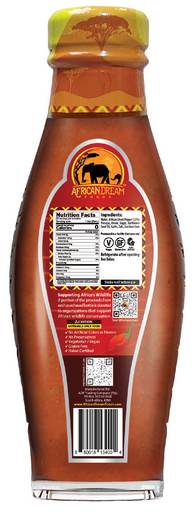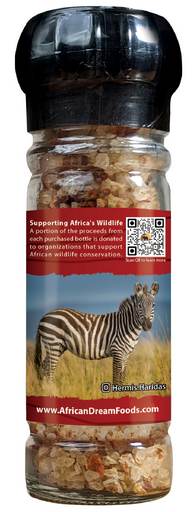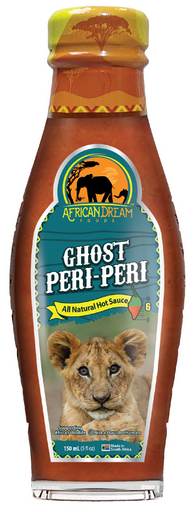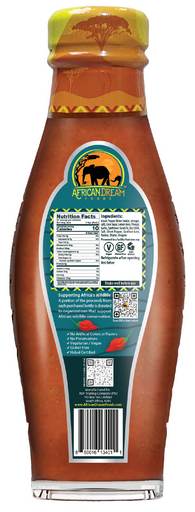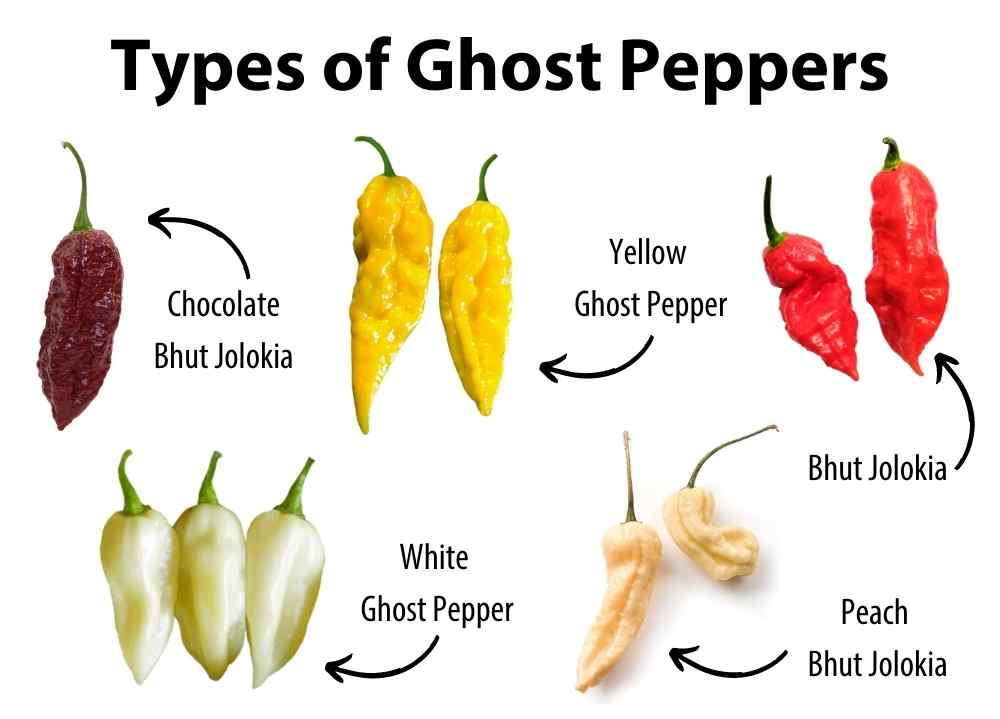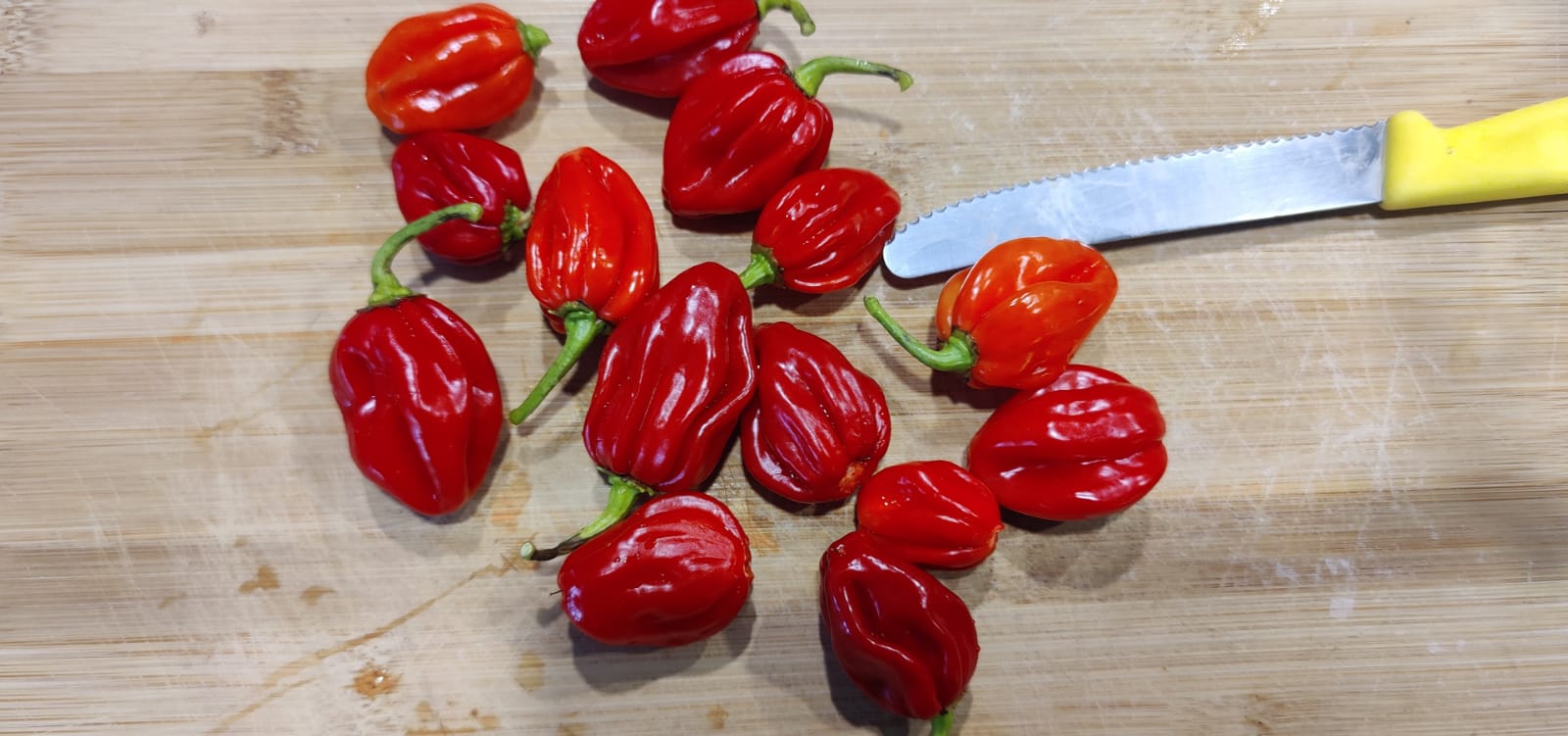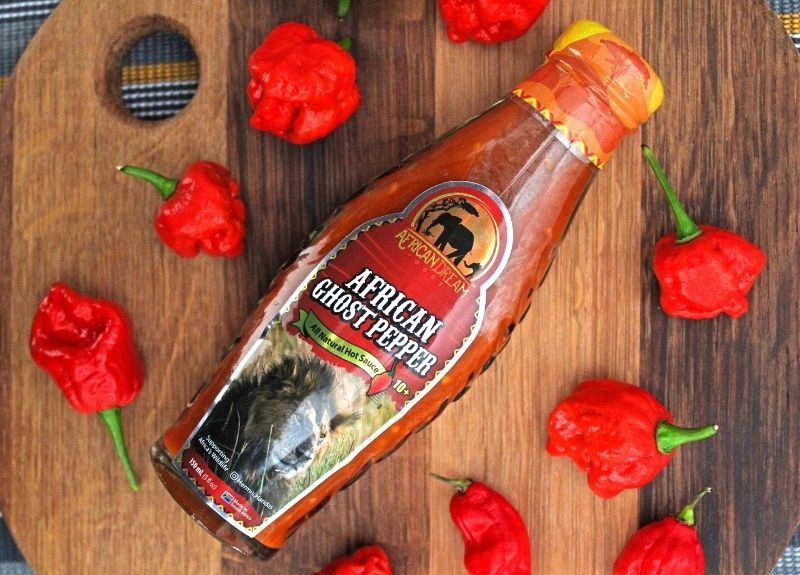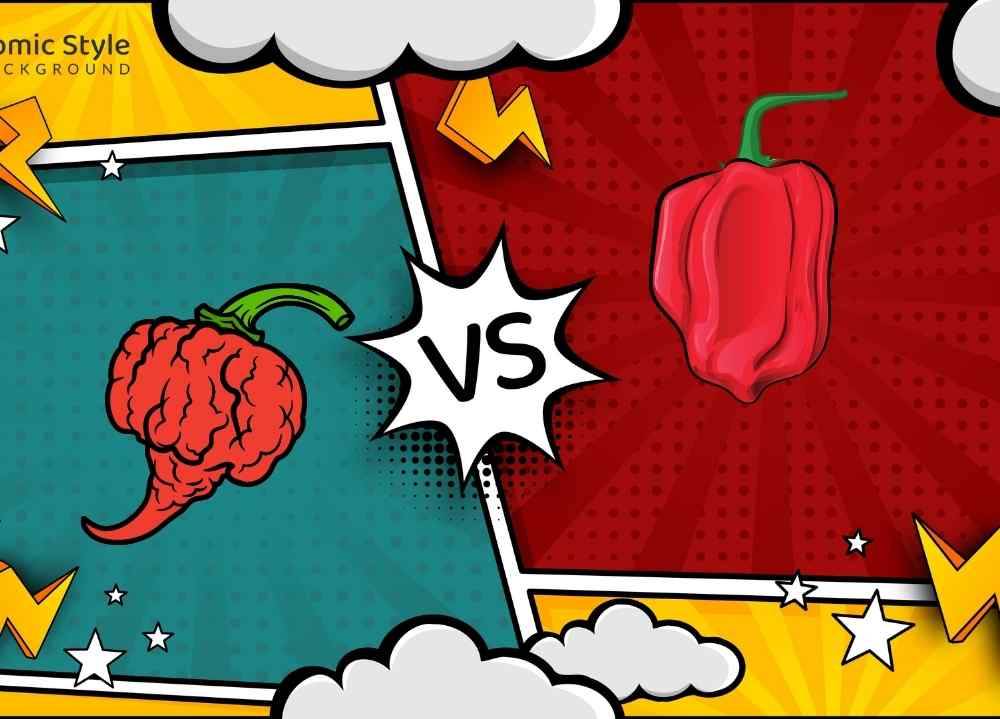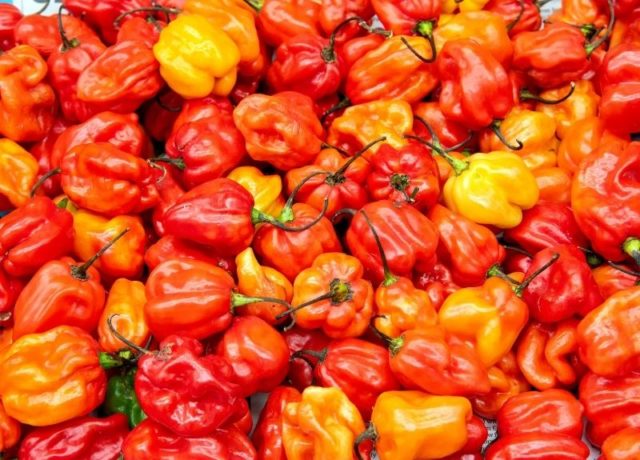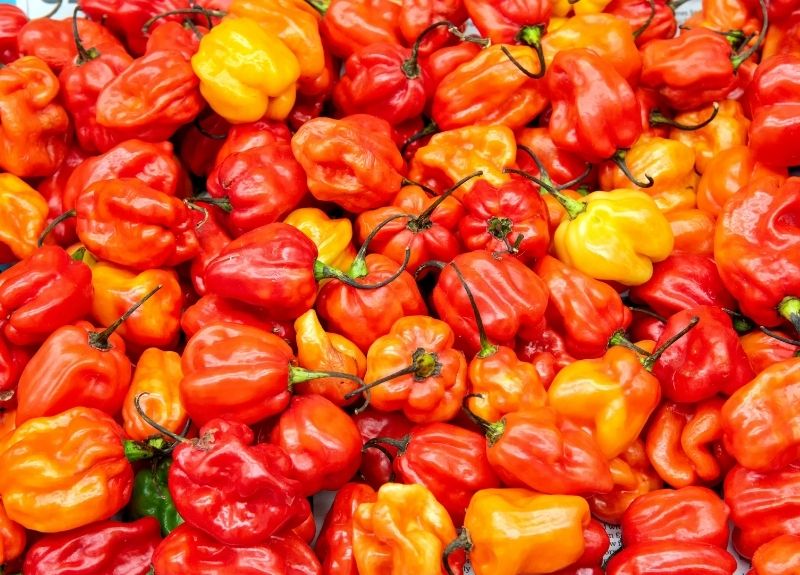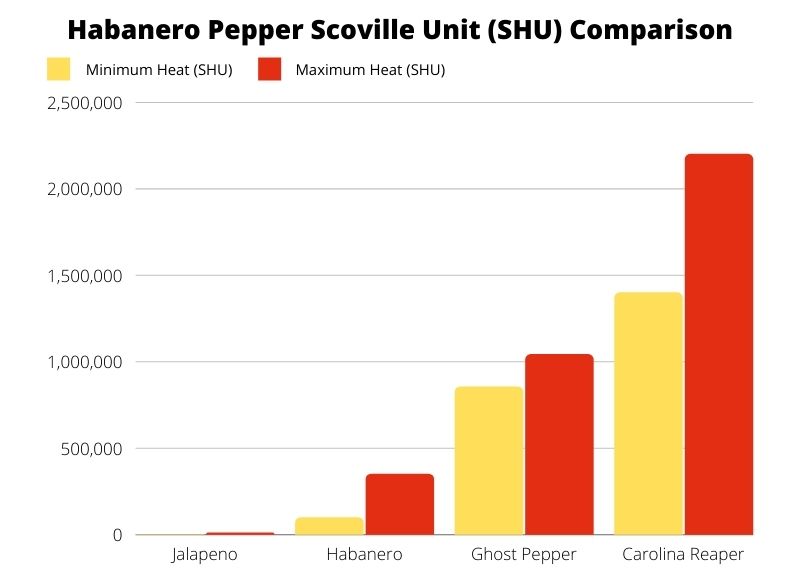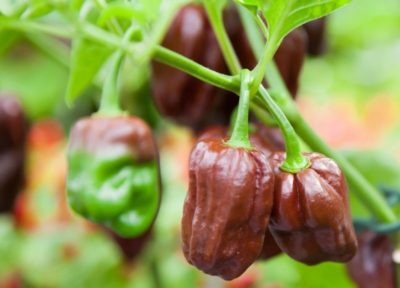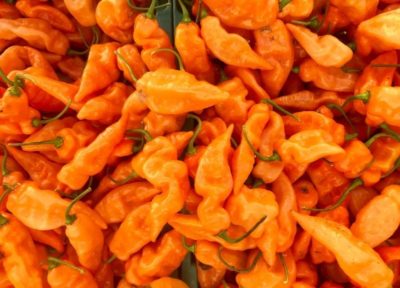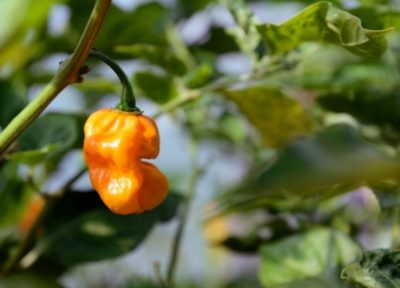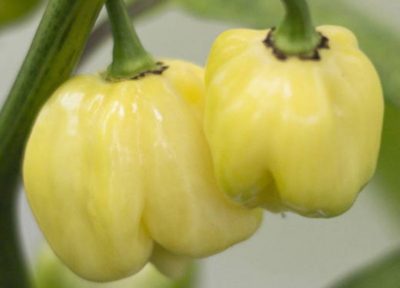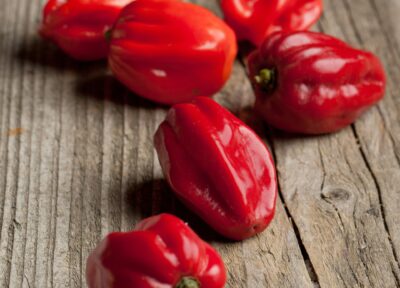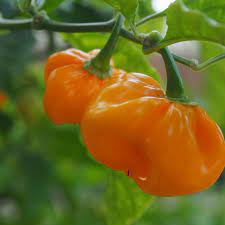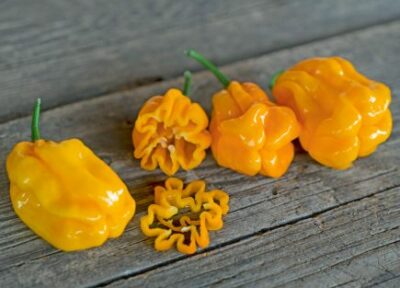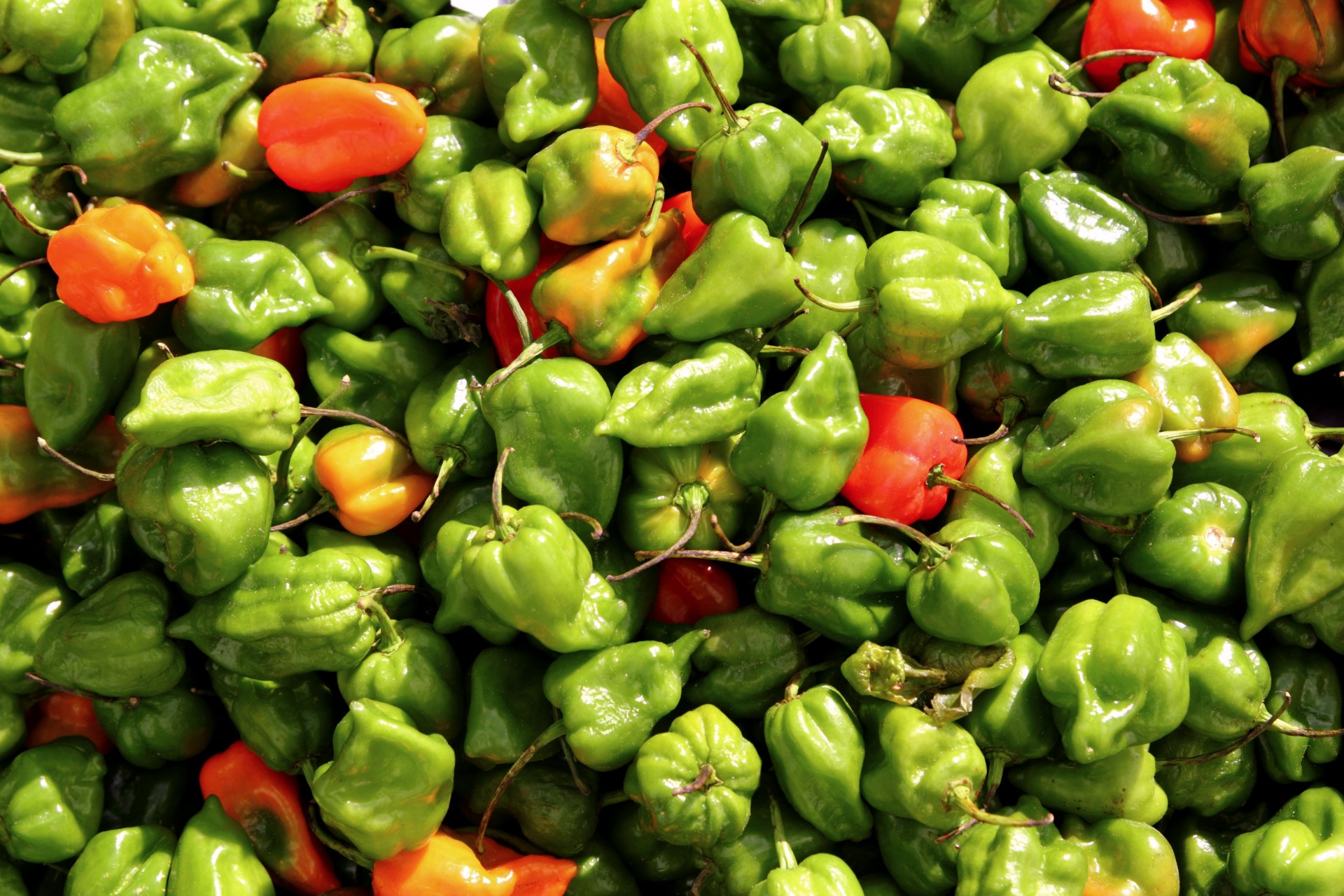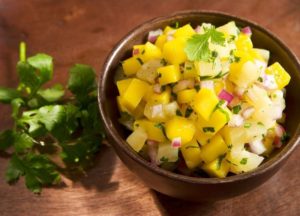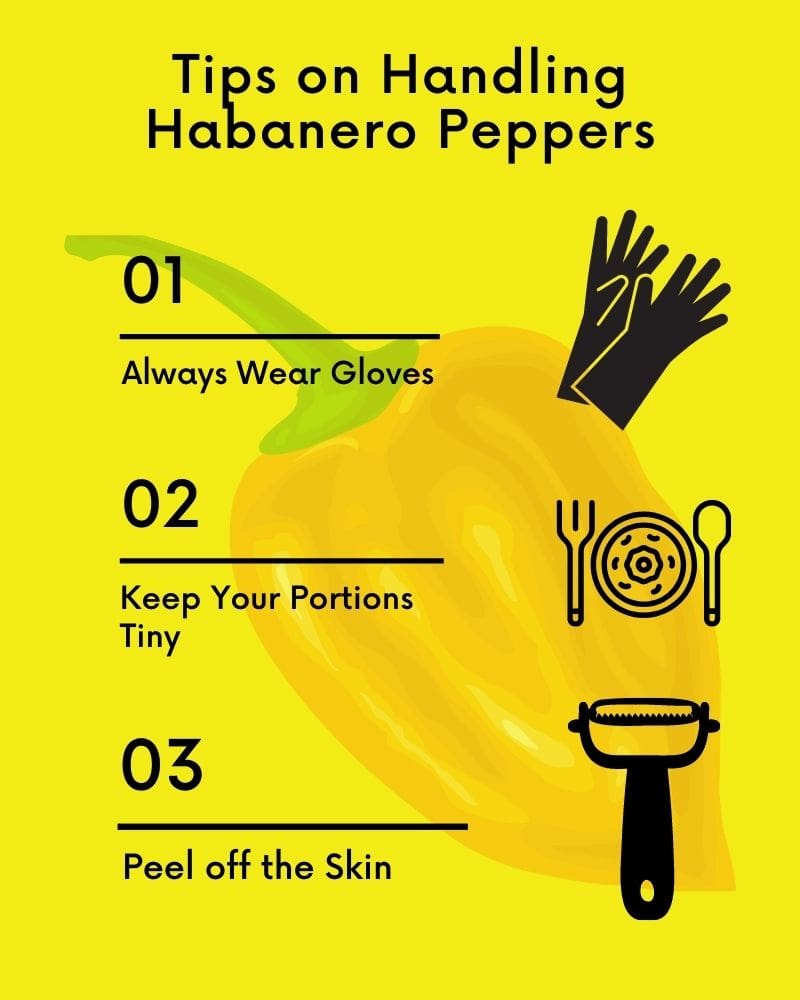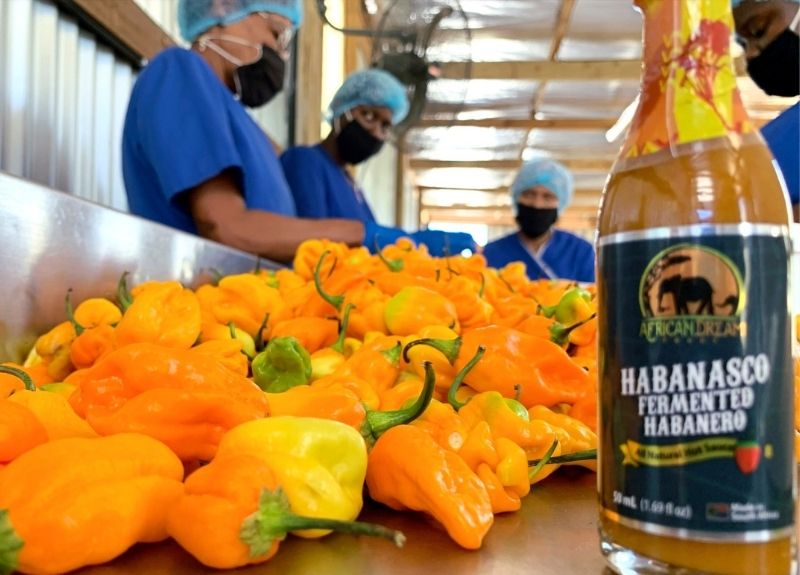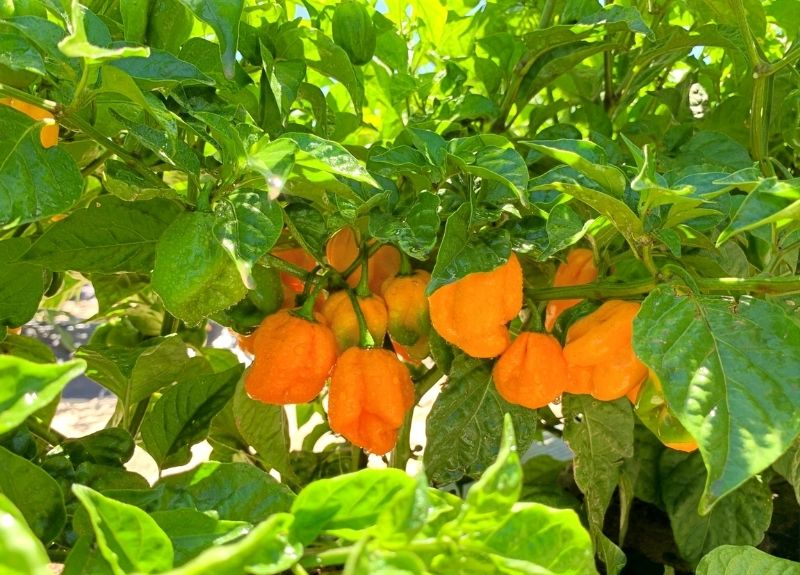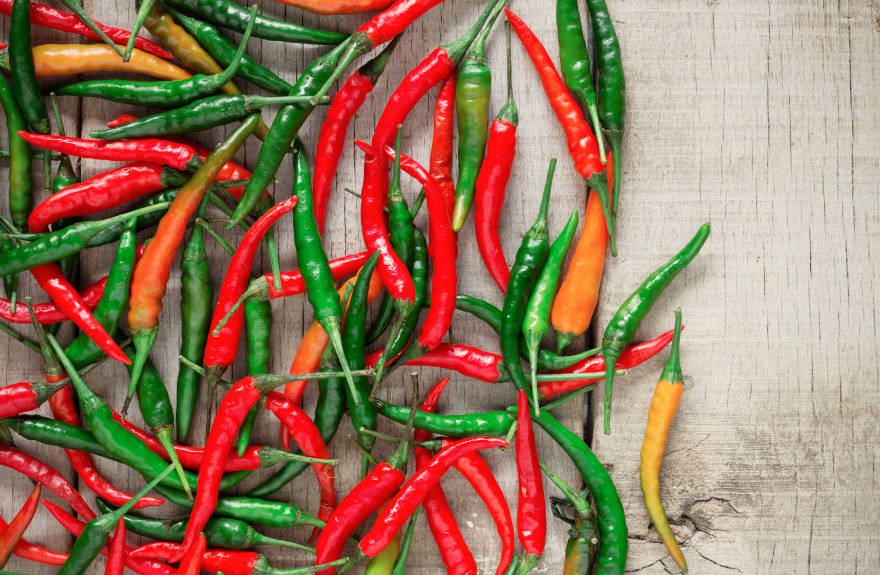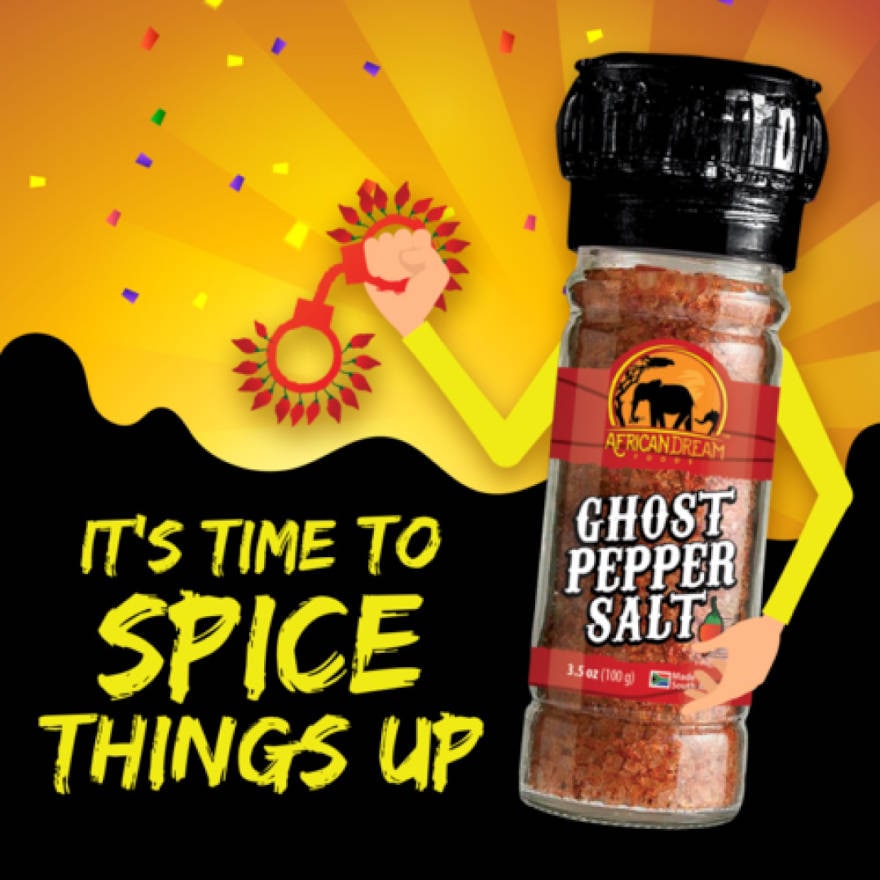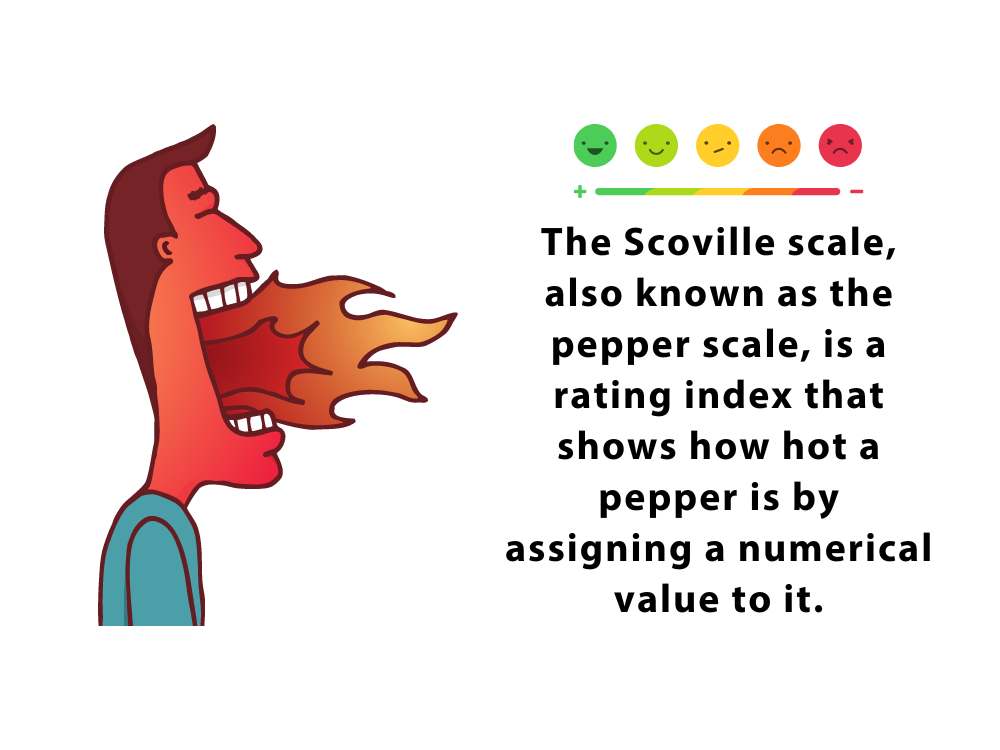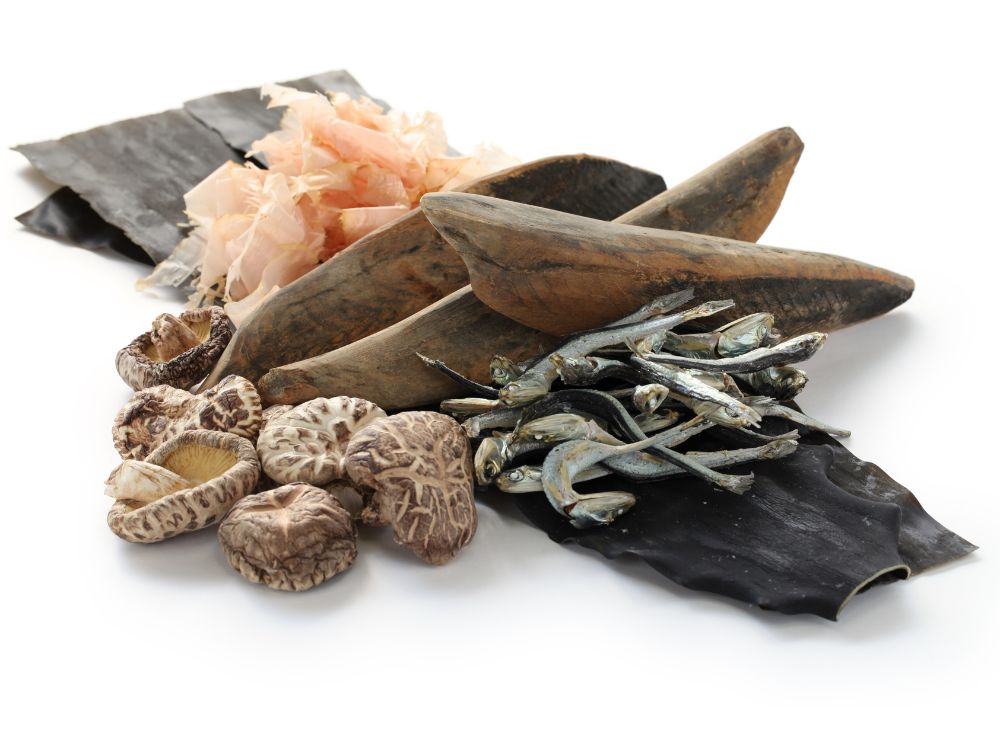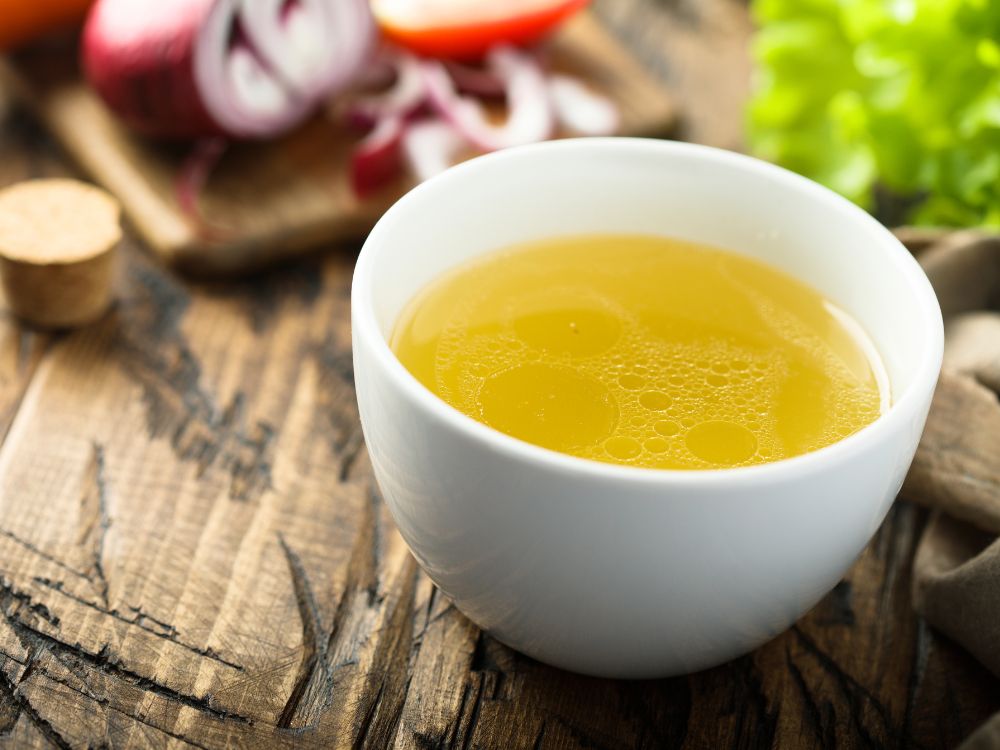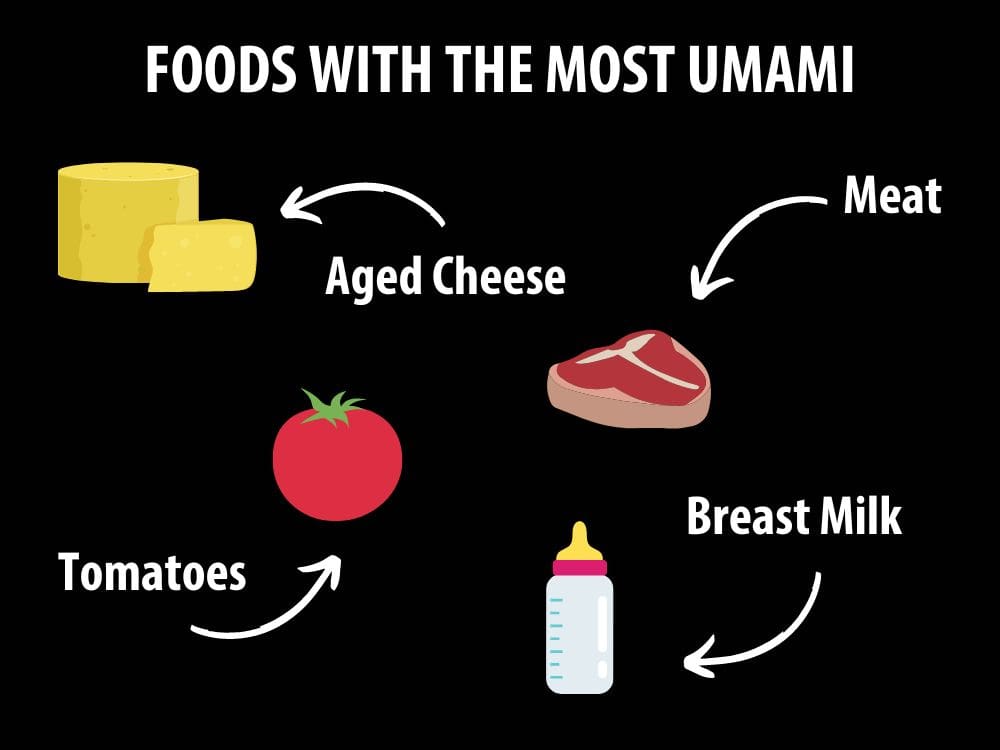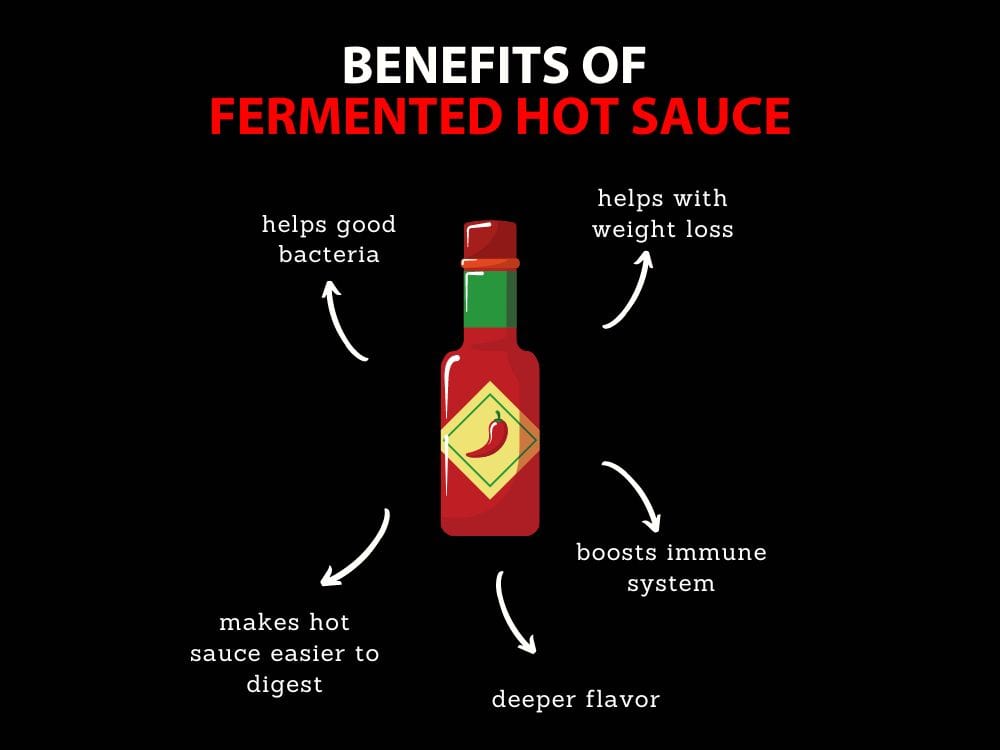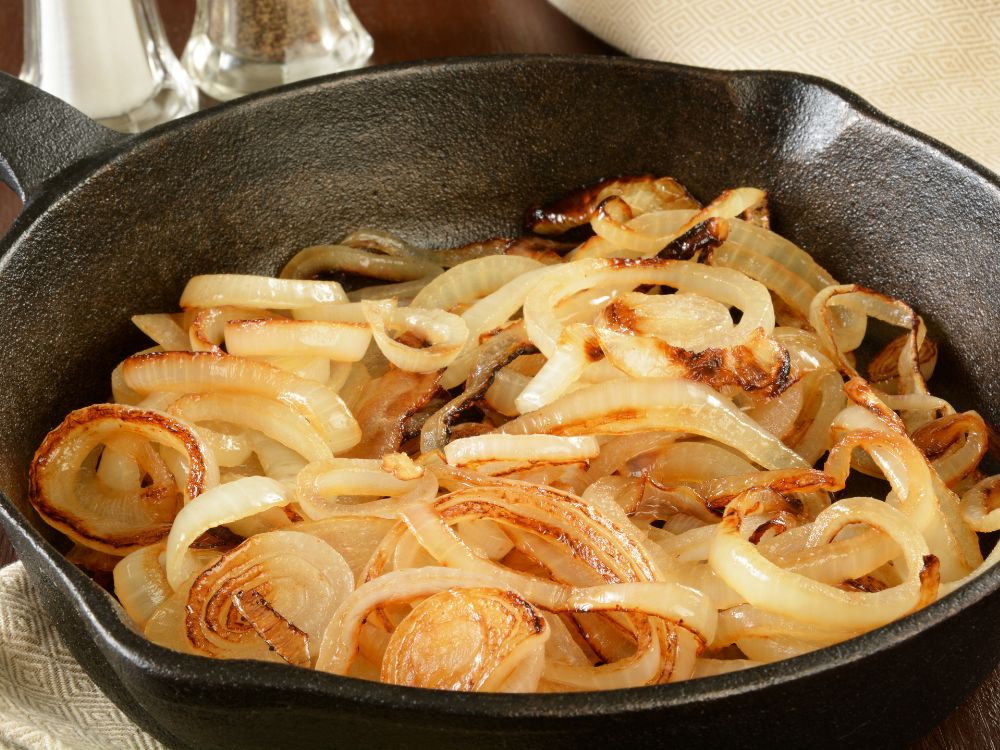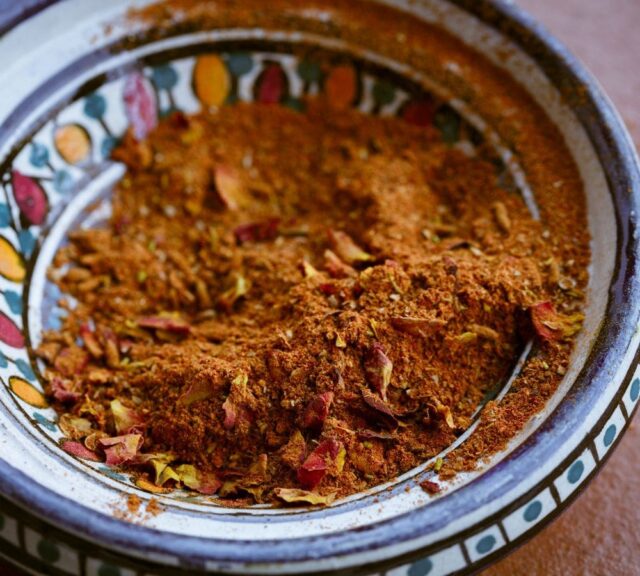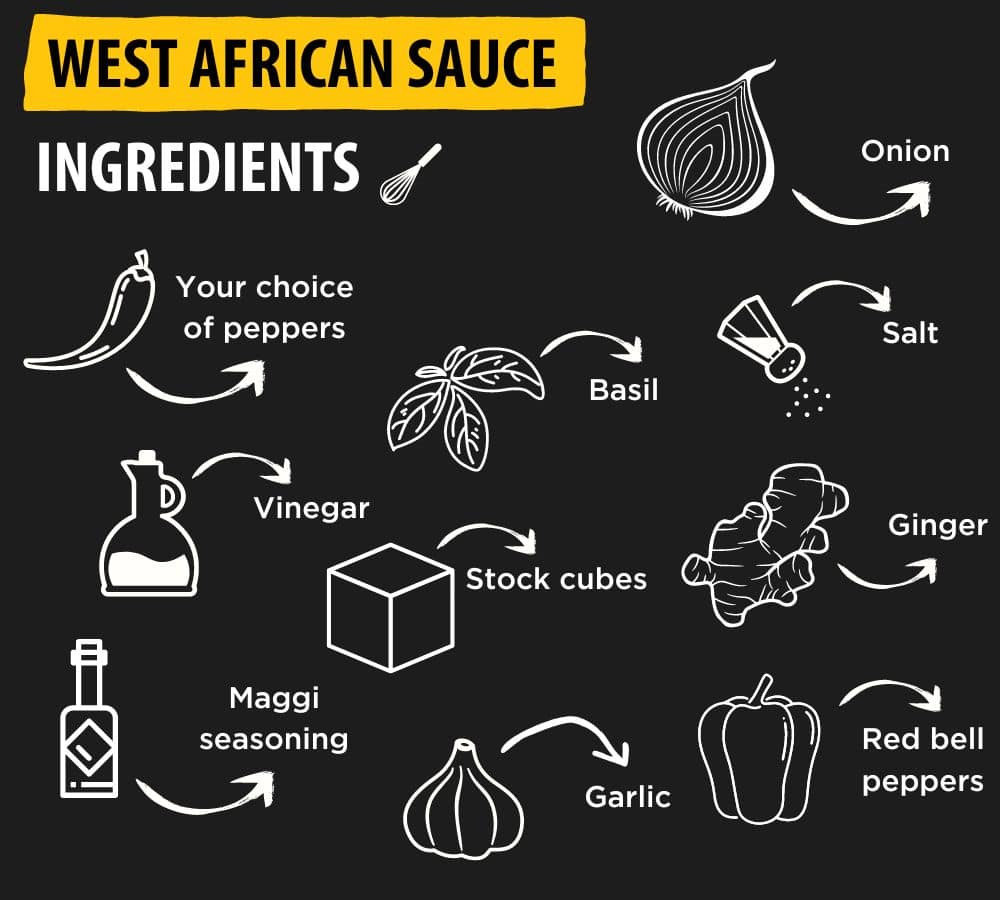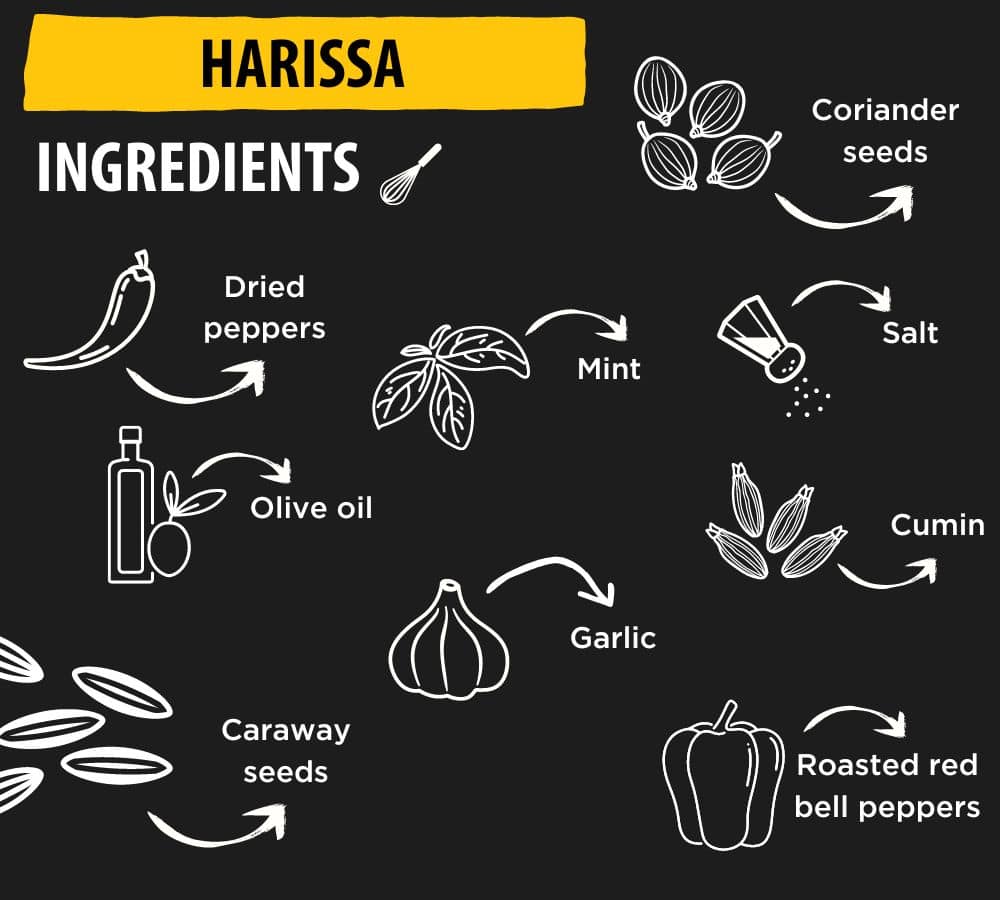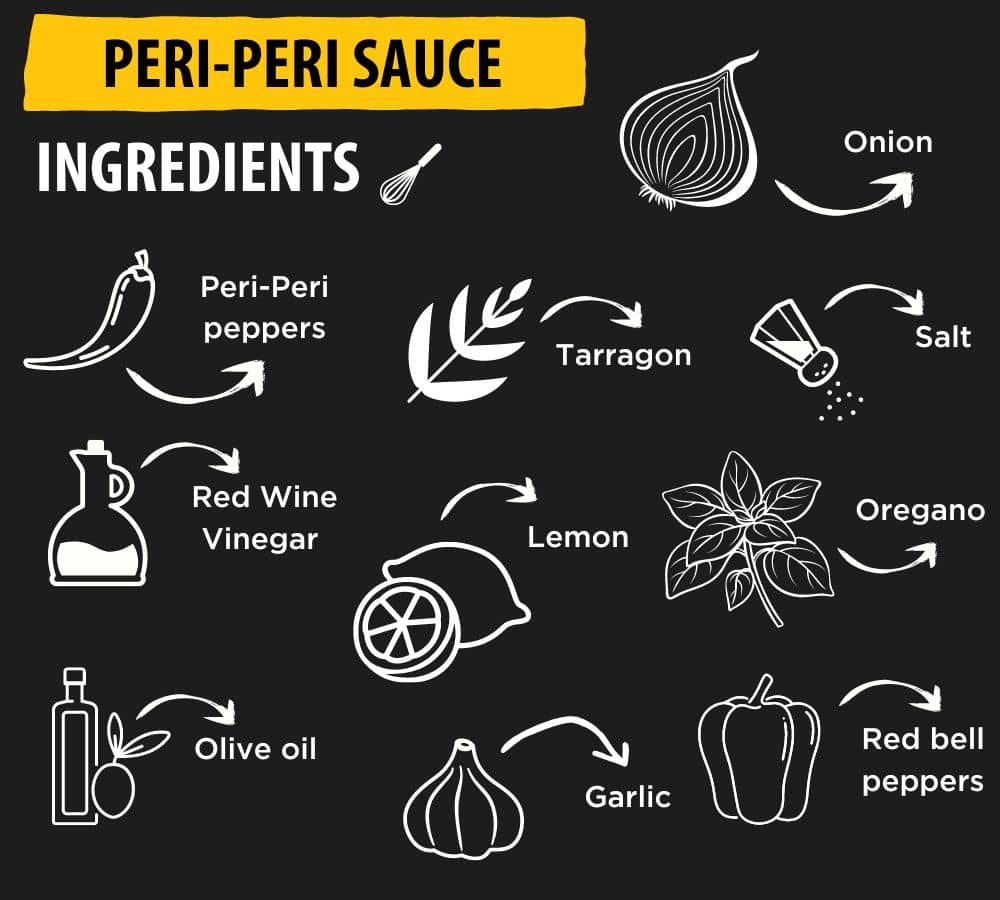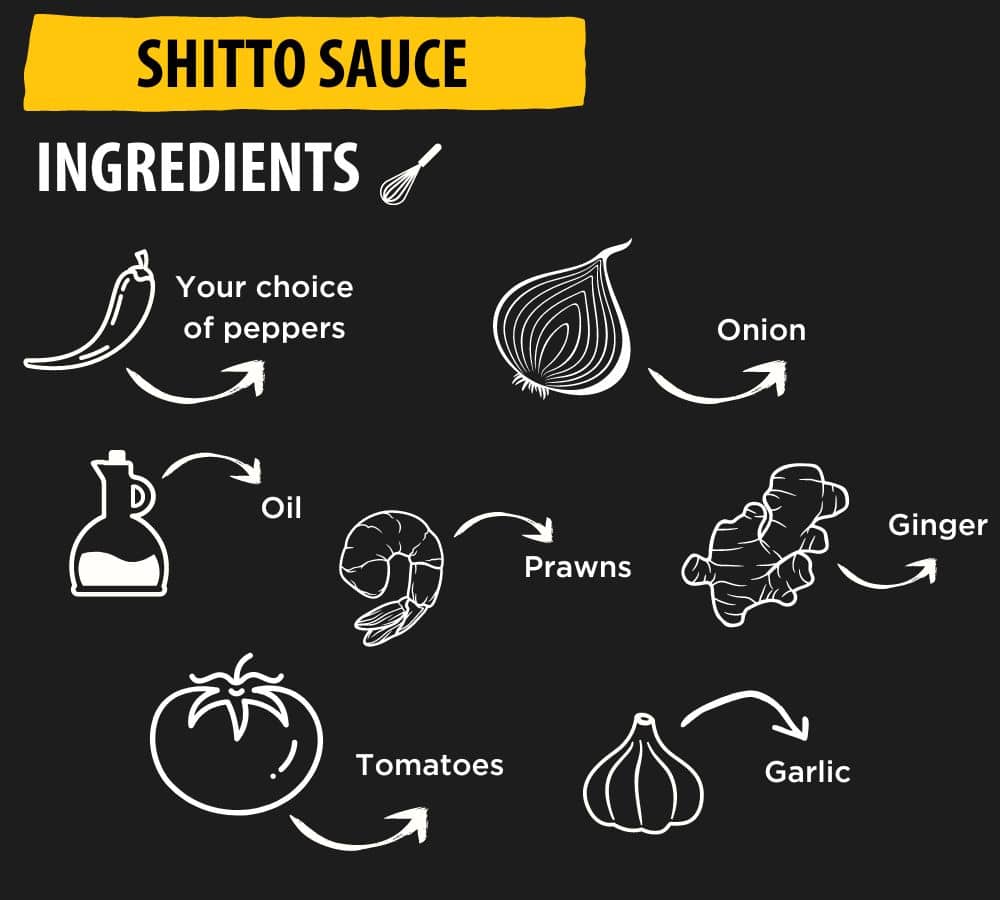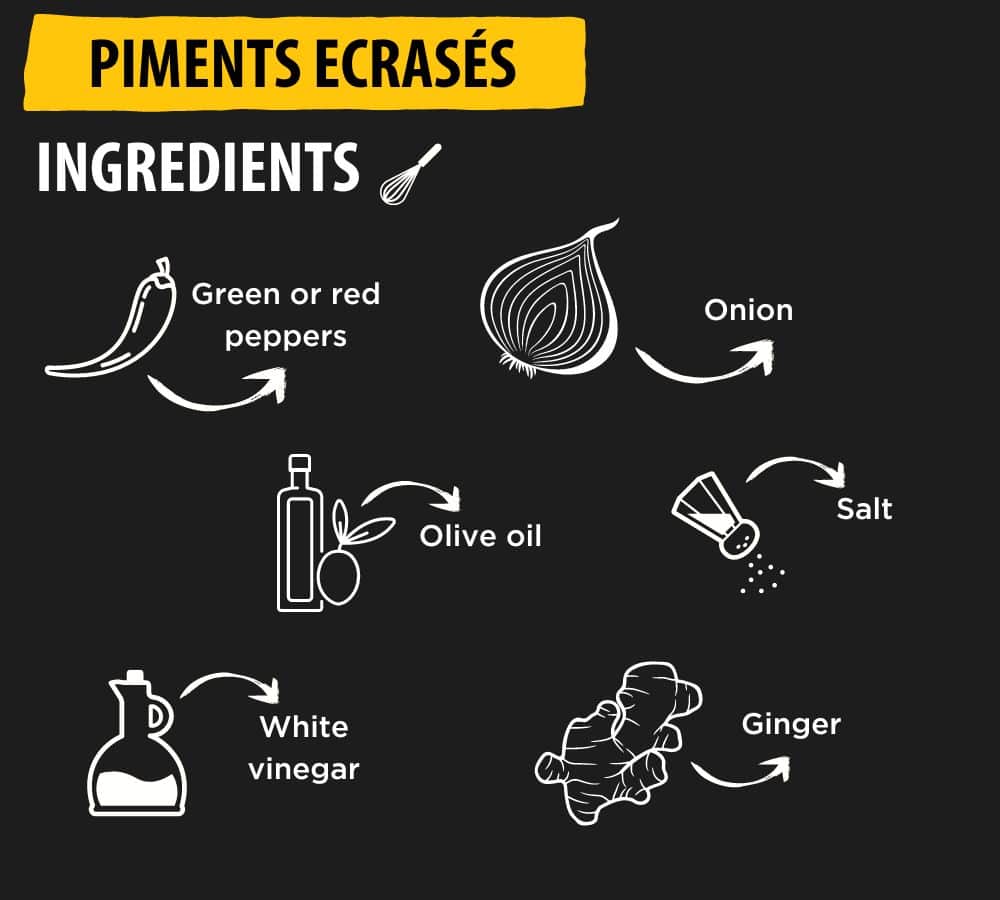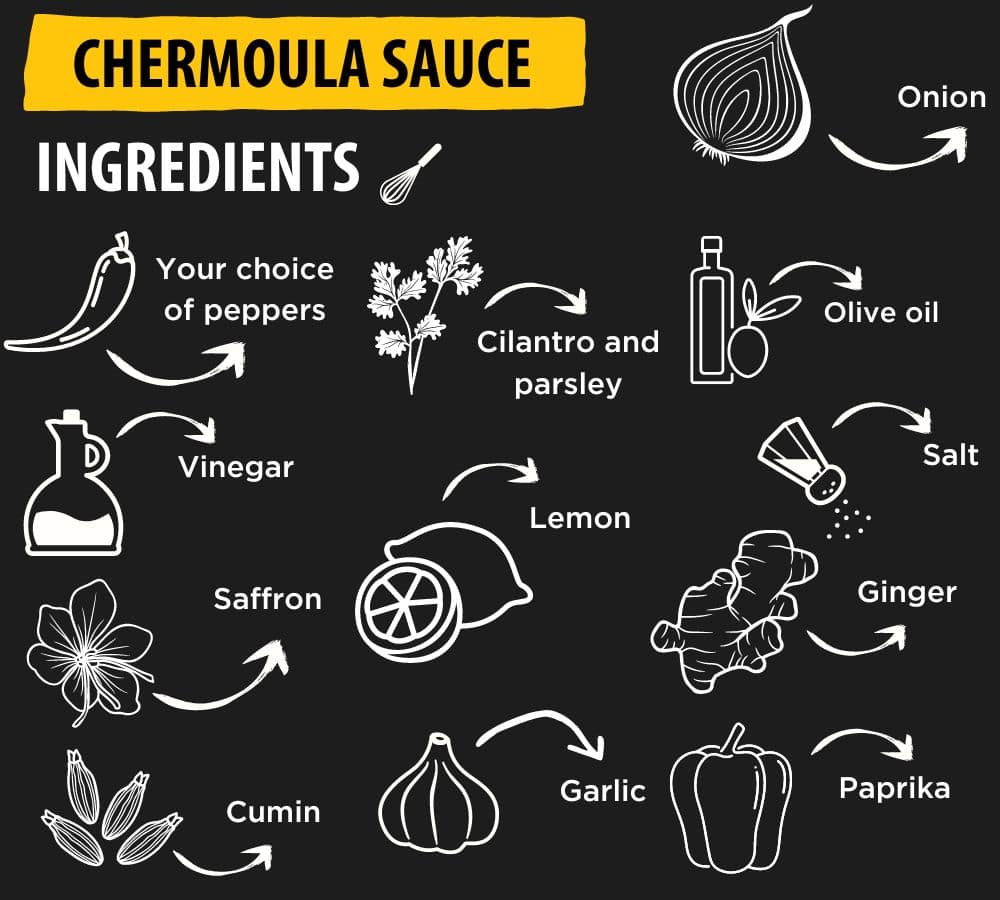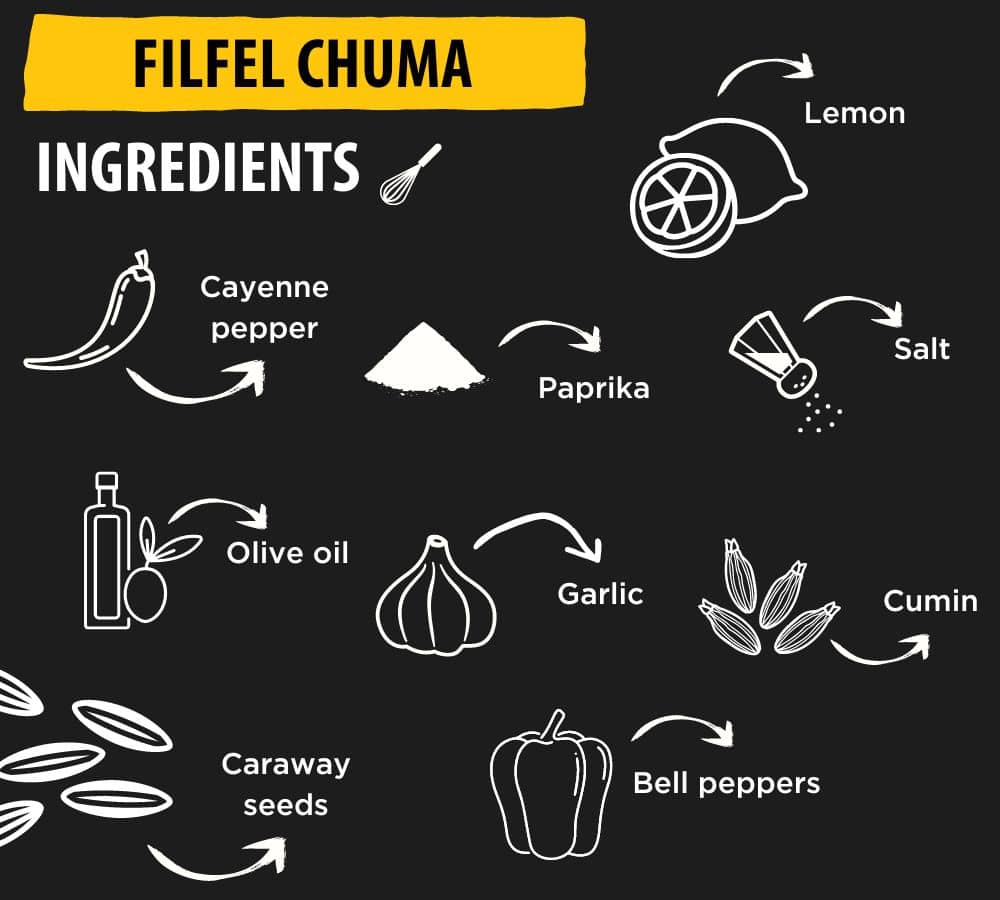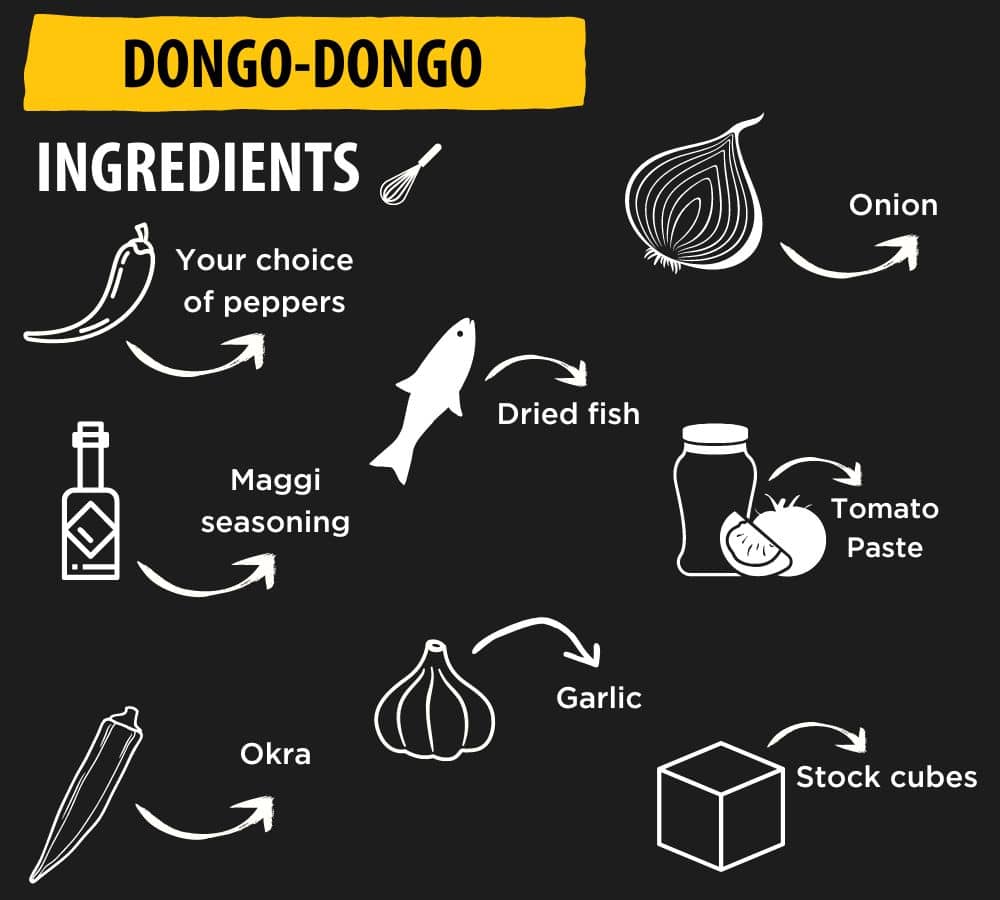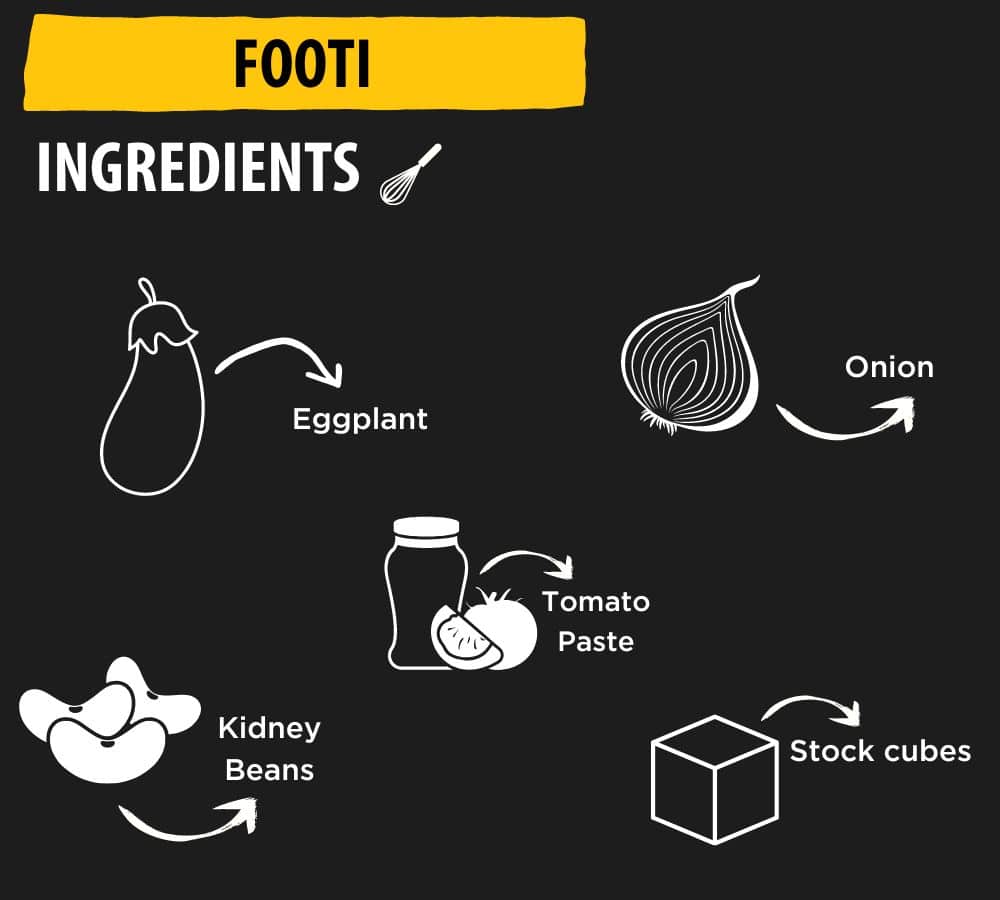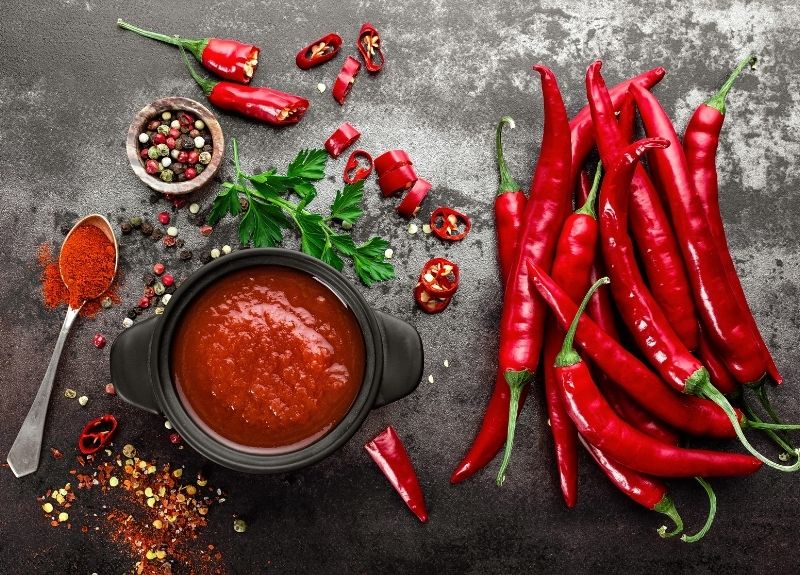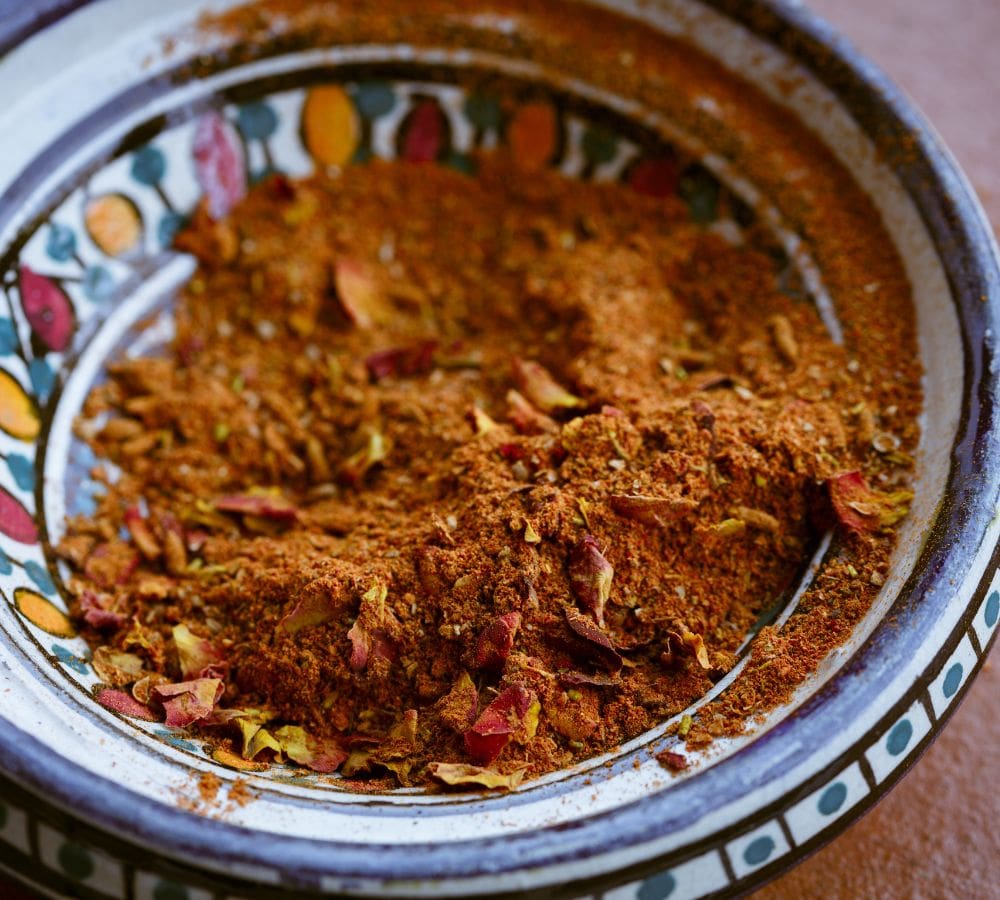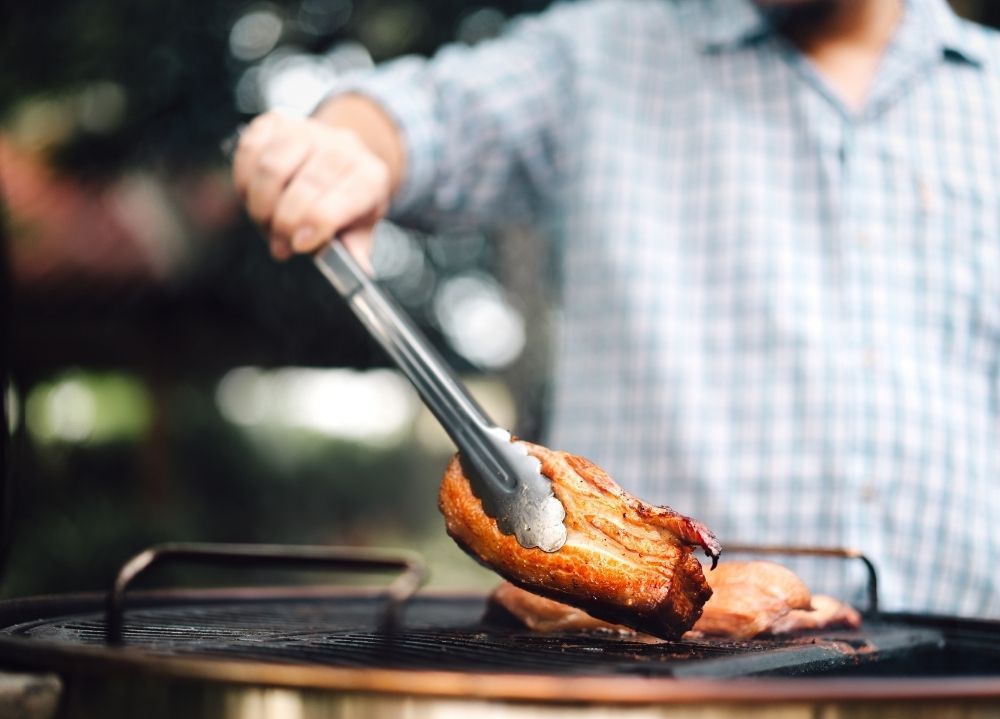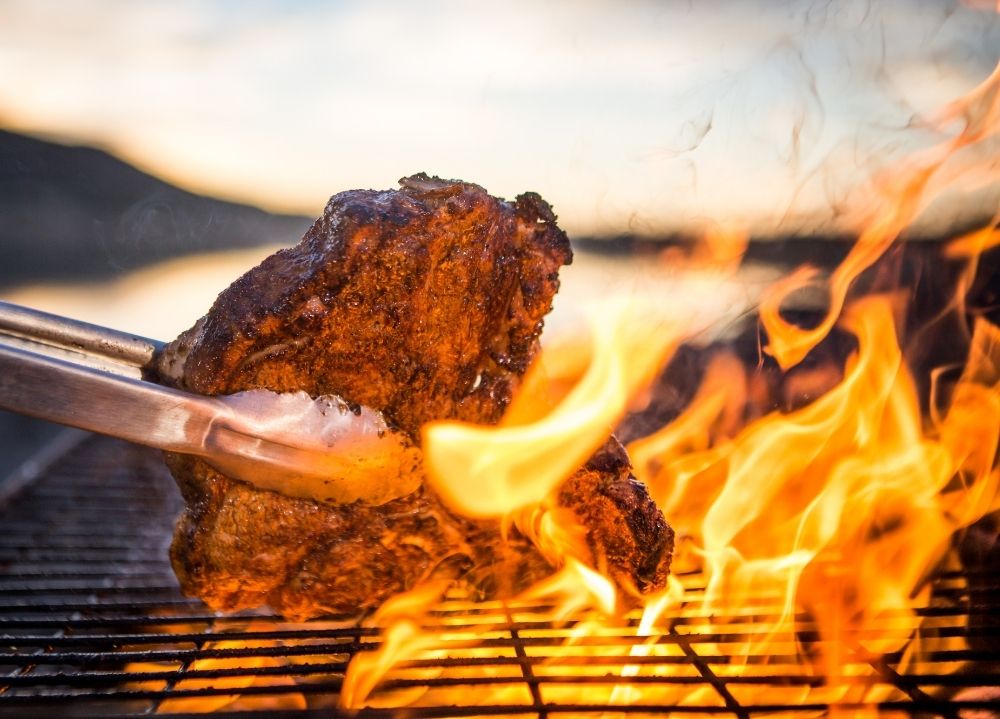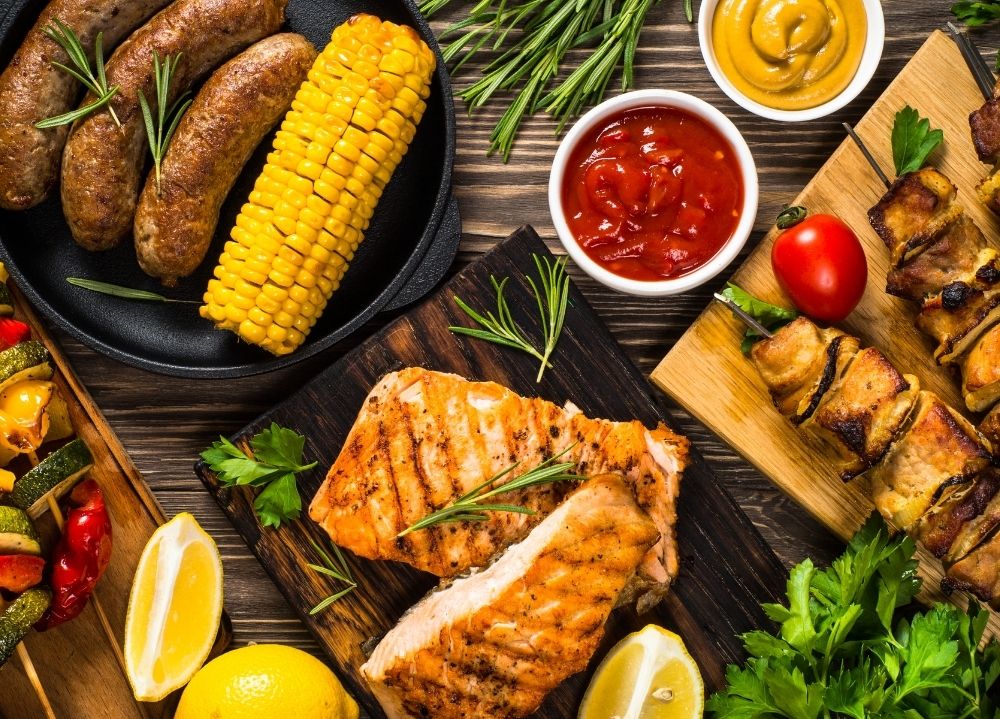Mastering Sweet Chili Sauce: Tips for Delicious Dishes
Sweet chili sauce is a popular condiment enjoyed around the world. It is a sweet and spicy sauce made from a blend of red chili peppers, sugar, vinegar, and various other ingredients. This versatile sauce is often used as a dipping sauce for appetizers, a marinade for meats, a glaze for vegetables, and a topping for salads. Sweet chili sauce is perfect for adding a little bit of sweetness and heat to a dish, and it pairs well with a variety of flavors.
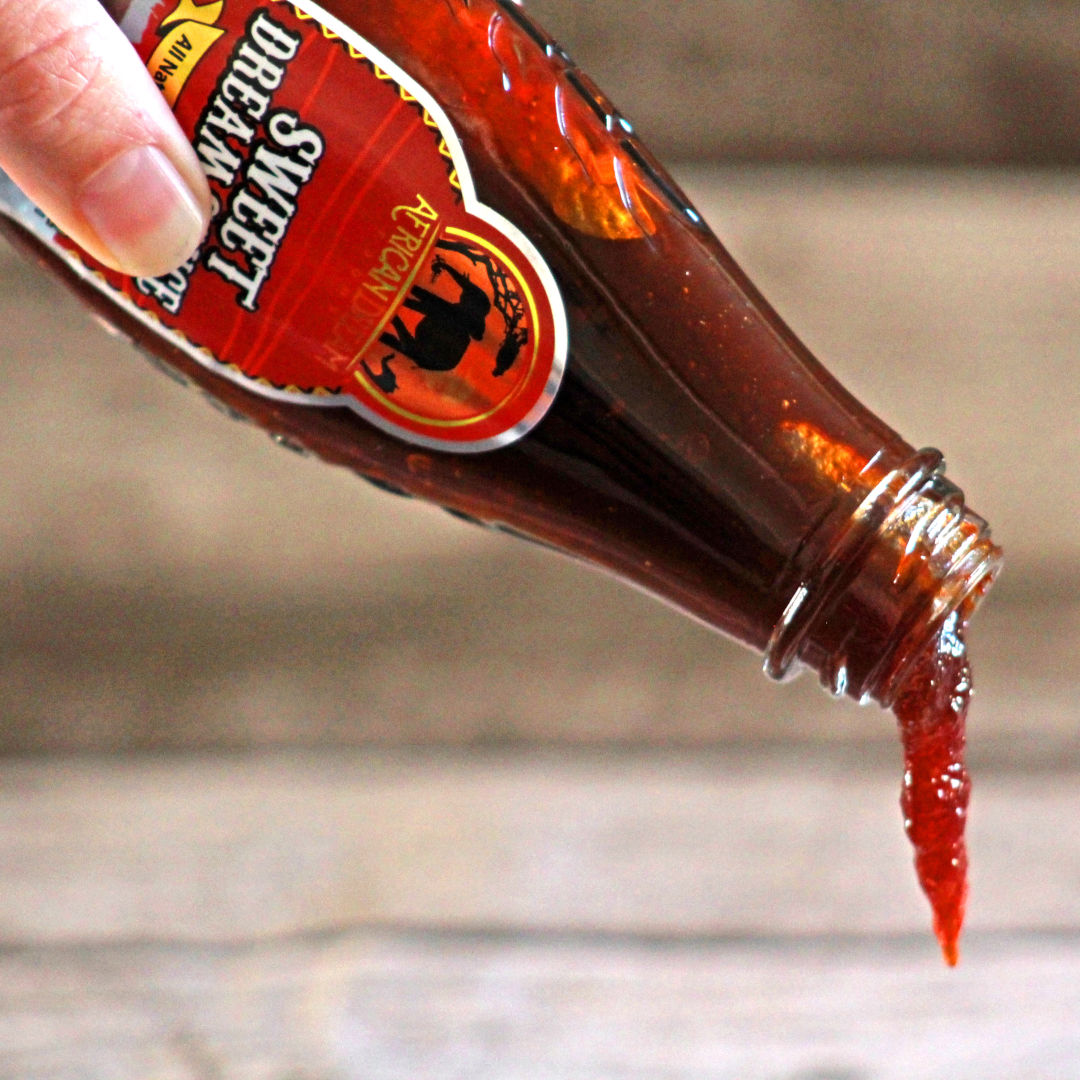
Origins of Sweet Chilli Sauce
The origins of sweet chilli sauce are somewhat unclear. Some sources claim that the sauce was first created in Thailand, while others believe that it originated in Indonesia or Malaysia. Regardless of its exact origins, sweet chilli sauce has become a staple condiment in many cuisines, particularly in Asian and Western cuisine.
Ingredients in Sweet Chilli Sauce
While there are many variations of sweet chilli sauce, most recipes include the following ingredients:
- Red Chilli Peppers: The main ingredient in sweet chilli sauce is red chilli peppers. These peppers provide the sauce with its signature spicy flavor. Depending on the recipe, the peppers may be used fresh, dried, or in the form of chilli paste.
- Sugar: Sweet chilli sauce is also known for its sweetness. This sweetness comes from sugar, which is added to balance out the spiciness of the chilli peppers. Depending on the recipe, different types of sugar may be used, including brown sugar, white sugar, and palm sugar.
- Vinegar: Another key ingredient in sweet chilli sauce is vinegar. The acidity of the vinegar helps to balance out the sweetness of the sugar and provides a tangy flavor to the sauce. Depending on the recipe, different types of vinegar may be used, including rice vinegar, apple cider vinegar, and white vinegar.
- Garlic: Garlic is often added to sweet chilli sauce to provide an additional layer of flavor. Garlic adds a savory, slightly sweet taste to the sauce and helps to balance out the spiciness of the chilli peppers.
- Salt: Salt is also commonly added to sweet chilli sauce to enhance the flavors of the other ingredients and balance out the sweetness of the sugar.
- Cornstarch: Cornstarch is often used as a thickening agent in sweet chilli sauce. It helps to give the sauce a thicker, more viscous consistency and helps it to cling to foods when used as a glaze or marinade.
Other ingredients that may be added to sweet chilli sauce include ginger, lime juice, fish sauce, soy sauce, and sesame oil. These ingredients can help to enhance the flavor of the sauce and give it a unique twist.
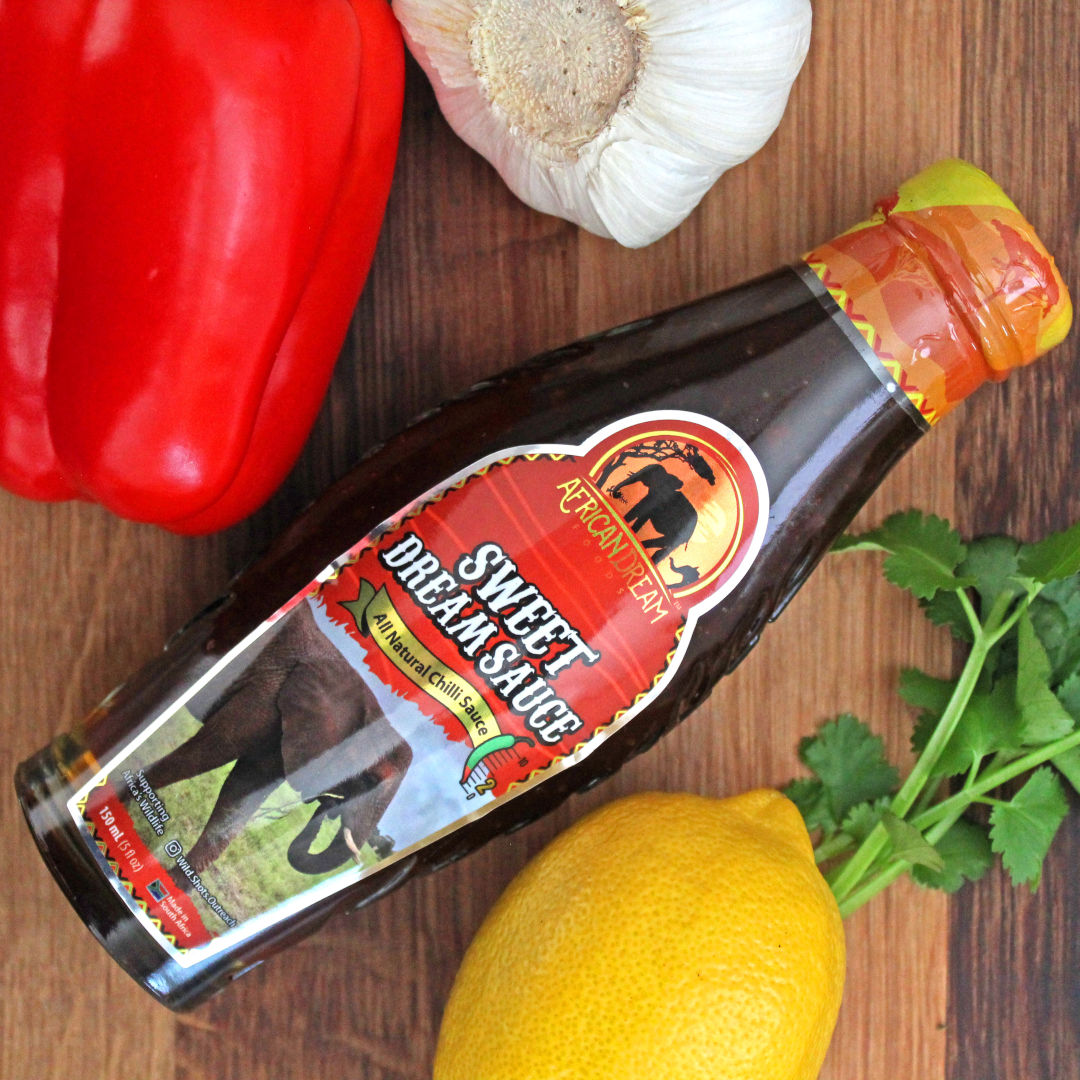
How to Make Sweet Chilli Sauce
Making sweet chilli sauce is relatively easy and can be done at home using just a few simple ingredients. Here is a basic recipe for sweet chilli sauce:
Ingredients:
- 1 cup red chilli peppers (deseeded and chopped)
- 1 cup white vinegar
- 1 cup sugar
- 3 garlic cloves (minced)
- 1 tablespoon cornstarch
- 1 tablespoon water
Instructions:
- Combine the chopped chilli peppers, vinegar, sugar, and garlic in a saucepan.
- Bring the mixture to a boil, then reduce the heat and let it simmer for 15-20 minutes.
- In a small bowl, whisk together the cornstarch and water until smooth.
- Add the cornstarch mixture to the saucepan and whisk until the sauce thickens.
- Remove the saucepan from the heat and let the sauce cool.
- Once the sauce has cooled, transfer it to a jar or bottle and store it in the refrigerator until ready to use.
But if this all seems like too much effort then treat yourself and just buy an authentic South African version!
Tips for Using Sweet Chilli Sauce
Here are some tips for using sweet chili sauce in your cooking:
- Adjust the sweetness and spiciness: The sweetness and spiciness of sweet chili sauce can vary depending on the brand or recipe. Taste the sauce and adjust the sweetness and spiciness according to your preference by adding more sugar or chili flakes.
- Use it as a substitute for ketchup: Sweet chili sauce can be used as a substitute for ketchup in recipes such as meatloaf, sloppy joes, and burgers. It adds a sweet and spicy flavor to the dish.
- Pair it with creamy sauces: Sweet chili sauce pairs well with creamy sauces such as mayonnaise or sour cream. Use it as a dip for vegetables, chicken nuggets, or fried foods.
- Use it as a glaze: Sweet chili sauce can be used as a glaze for roasted meats or vegetables. Brush it onto the food during the last 10-15 minutes of cooking for a flavorful glaze.
- Add it to stir-fry dishes: Sweet chili sauce can be used as a stir-fry sauce for vegetables and meats. Add it to the stir-fry during the last few minutes of cooking for a sweet and spicy flavor.
- Mix it with vinegar for a salad dressing: Mix sweet chili sauce with vinegar or lime juice to make a salad dressing. It pairs well with Asian-inspired salads.
- Use it as a marinade: Sweet chili sauce can be used as a marinade for meats such as chicken or shrimp. Marinate the meat for at least 30 minutes before grilling or cooking.
- Combine it with soy sauce: Sweet chili sauce and soy sauce make a delicious combination for a stir-fry or marinade. Use equal parts of each sauce for a balanced flavor.
- Use it as a topping for pizza: Sweet chili sauce can be used as a topping for pizza instead of tomato sauce. Spread the sauce on the pizza crust and add your favorite toppings.
- Mix it with cream cheese for a dip: Mix sweet chili sauce with cream cheese for a sweet and spicy dip. Serve it with crackers or vegetables for a tasty appetizer.
Sweet Chili Sauce in Africa
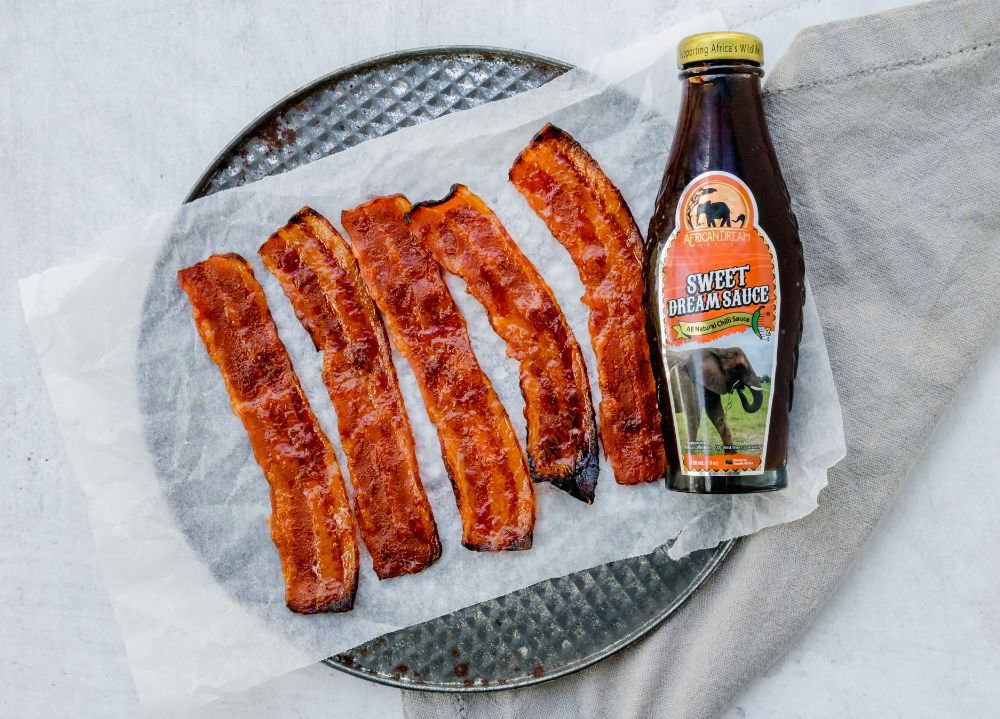
Sweet chilli sauce has become increasingly popular in Africa in recent years, and it is now commonly used in many African countries for both cooking and as a condiment.
In South Africa, sweet chilli sauce is often used as a dip for chips, fried chicken, and other fast foods. It is also used as a marinade for grilled chicken, pork, and fish, and as a condiment for burgers and sandwiches.
In Nigeria, sweet chilli sauce is often used as a dip for fried plantains and other snacks. It is also used as a marinade for grilled meats and as a condiment for rice and noodle dishes.
In Kenya, sweet chilli sauce is often used as a dipping sauce for samosas and other snacks, as well as a marinade for grilled meats and a condiment for sandwiches and burgers.
In Ghana, sweet chilli sauce is commonly used as a dip for kebabs, fried plantains, and other street foods. It is also used as a marinade for grilled chicken and fish, and as a condiment for rice dishes.
Overall, sweet chilli sauce has become a popular condiment and cooking ingredient in many African countries, and its versatility and delicious taste make it a favorite among locals and tourists alike.
Are Sweet Chili Sauce and Chutney the Same?
Sweet chili sauce and chutney are not the same, although they may have some similar ingredients and flavors.
Sweet chili sauce is a condiment made from a blend of red chili peppers, sugar, vinegar, and various other ingredients. It is a sweet and spicy sauce that is often used as a dipping sauce for appetizers, a marinade for meats, a glaze for vegetables, and a dressing for salads.
Chutney, on the other hand, is a type of relish that originated in India. It is made from a variety of fruits, vegetables, and spices, and can be sweet or savory depending on the ingredients used. Chutneys are often used as a condiment or accompaniment to curries, rice dishes, and other Indian cuisine.
While both sweet chili sauce and chutney may contain sugar and spices, they are different in terms of their ingredients and traditional uses. Sweet chili sauce is commonly used in Asian cuisine, while chutney is a staple of Indian cuisine. Additionally, chutneys often have a more complex flavor profile due to the variety of fruits and spices used, whereas sweet chili sauce is typically more straightforward in its sweet and spicy flavor.
Is Sweet Chili Sauce Spicy?
Yes, sweet chili sauce can be spicy due to the use of red chili peppers as one of its main ingredients. However, the sweetness of sugar and sometimes other ingredients such as honey, tamarind, or pineapple juice helps to balance out the spiciness of the chili peppers, making it more palatable for those who don't typically enjoy spicy foods. The level of spiciness can vary depending on the brand or recipe, so it's always a good idea to check the label or ingredients list to determine the level of spiciness before trying it. Our Sweet Dream Sauce has a little tingle of spice but it is packed with incredible flavor!
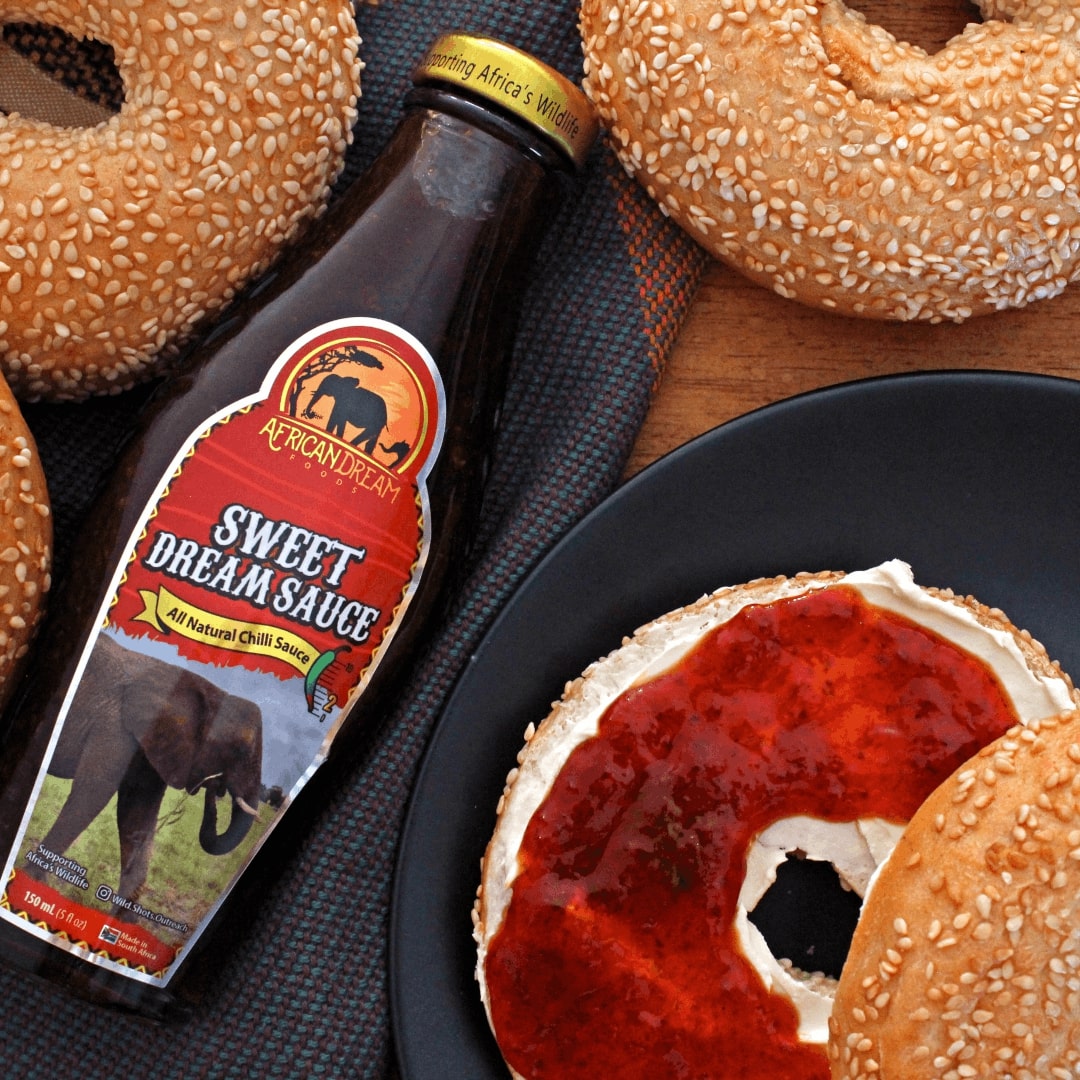
What is the Difference Between Jam and Sweet Chili Sauce?
Jam and sweet chili sauce are very different in terms of their ingredients, flavor, and intended use.
Jam is a type of spread made from cooked fruit and sugar. It is typically used as a breakfast spread or a condiment for toast, muffins, and other baked goods. Jams can be made with a variety of fruits, such as strawberries, raspberries, or apricots, and they are often cooked with pectin to give them a thick and spreadable consistency.
Sweet chili sauce, on the other hand, is a condiment made from chili peppers, sugar, vinegar, and various other ingredients. It is a sweet and spicy sauce that is often used as a dipping sauce for appetizers, a marinade for meats, a glaze for vegetables, and a dressing for salads. Sweet chili sauce is usually not made with fruit and is not used as a breakfast spread.
The primary difference between jam and sweet chili sauce is their intended use and the ingredients used to make them. Jam is primarily used as a spread for toast and baked goods, while sweet chili sauce is a versatile condiment that can be used in a variety of ways to add flavor and heat to a wide range of dishes.
Frequently Asked Questions about Sweet Chili Sauce
Sweet chilli sauce is a condiment made from a blend of red chilli peppers, sugar, vinegar, and various other ingredients. It is a sweet and spicy sauce that is often used as a dipping sauce for appetizers, a marinade for meats, a glaze for vegetables, and a dressing for salads.
The origins of sweet chilli sauce are somewhat unclear. Some sources claim that the sauce was first created in Thailand, while others believe that it originated in Indonesia or Malaysia.
Yes, sweet chilli sauce is generally spicy due to the use of red chilli peppers. However, the sweetness of the sugar helps to balance out the spiciness of the chilli peppers, making it more palatable for those who don't typically enjoy spicy foods.
It depends on the brand and recipe. Some sweet chilli sauces may contain gluten, such as those that use soy sauce or wheat-based vinegar as ingredients. However, there are many gluten-free sweet chilli sauces available as well.
Yes, sweet chilli sauce is often used as a marinade for meats such as chicken, pork, and shrimp. Simply coat the meat in the sauce and let it marinate for a few hours before grilling or baking.
Sweet chilli sauce can last for several months when stored in an airtight container in the refrigerator. However, it is always best to check the expiration date on the bottle or jar to ensure freshness and safety.
Sweet chilli sauce is a versatile condiment that can be used in a variety of ways. Some common uses include as a dipping sauce for appetizers, a marinade for meats, a glaze for vegetables, and a dressing for salads. It can also be used as a condiment for burgers, sandwiches, and wraps.
Both spellings are correct, but "chili" is the preferred spelling in American English, while "chilli" is more commonly used in British English and other varieties of English.
Conclusion
In conclusion, sweet chili sauce is a versatile condiment that can add a sweet and spicy flavor to a wide range of dishes. From dipping sauces and marinades to glazes and salad dressings, there are countless ways to use this sauce in your cooking. Whether you prefer it mild or spicy, there are options for adjusting the sweetness and heat to suit your tastes. By using these tips for incorporating sweet chili sauce into your meals, you can take your cooking to the next level and add a delicious and unique flavor to your dishes.

